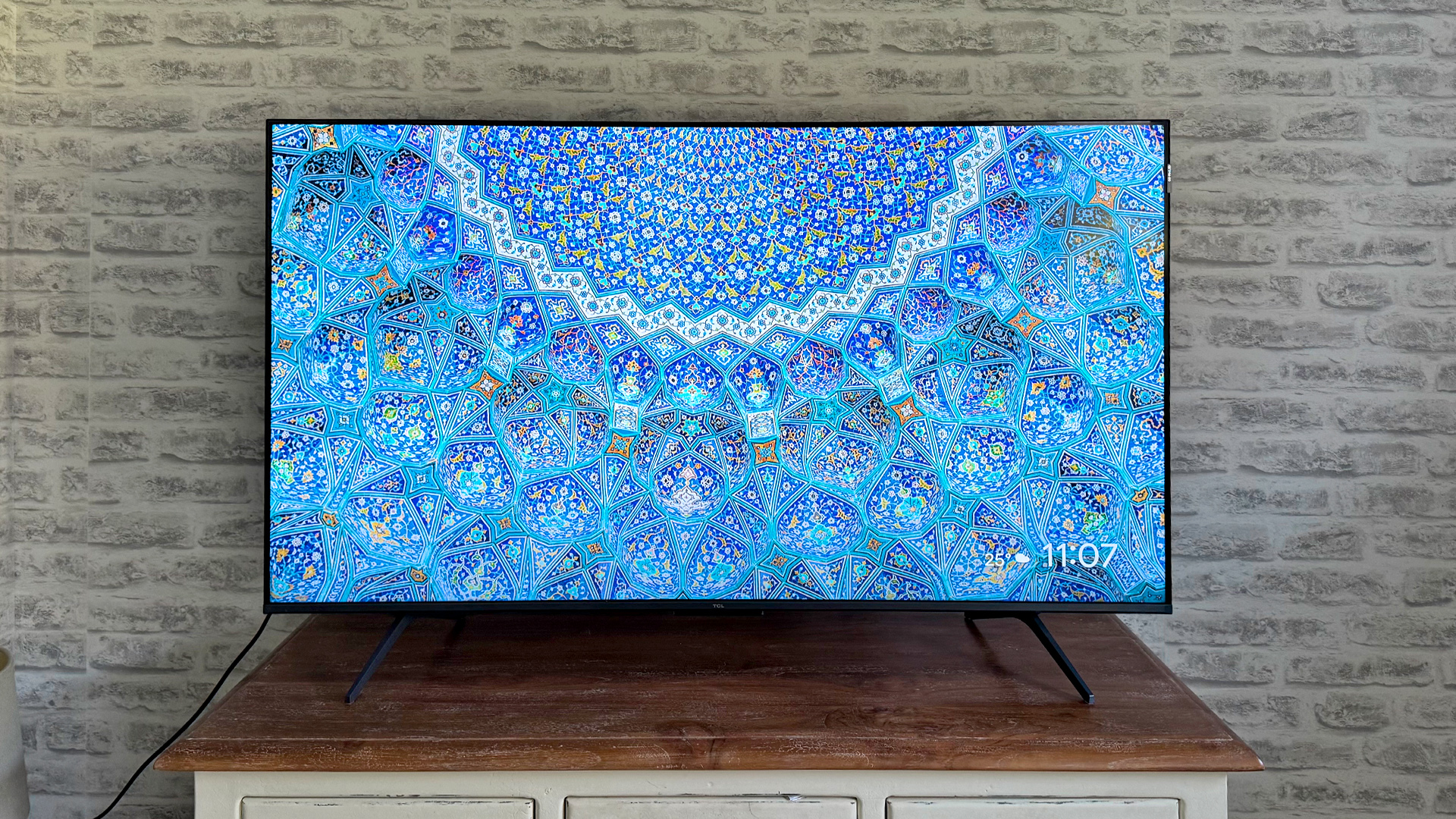The trials and tribulations of multiroom wi-fi
I’ve just been reading my colleague Andrew Everard’s column in the February issue of our sister magazine, Gramophone. Andrew’s piece is titled “The changing face of system connectivity”, and in it he outlines how far we’ve come from the days when a turntable connected to your amp, and the amp to speakers. Job done.
Which struck a chord. I’ve spent the weekend setting up and testing a multiroom set-up around the house using Apple’s new AirPlay system, built into iTunes 10.
So now, in addition to my trusty Primare pre/power amp, Roksan CD player and B&W 805 speakers in the main hi-fi listening room, I’ve got iTunes running off the iMac to an Apple TV streamer in the living room and an AirPort Express in the kitchen.
The Apple TV is wired into my home cinema system (Yamaha AV receiver and Monitor Audio 5.1 speaker set-up) and the AirPort Express into the Tivoli Audio micro system in the kitchen.
This means I can now play a CD on the ‘proper’ hi-fi system, stream iTunes around the house using AirPlay to several different rooms simultaneously or just listen to good old-fashioned radio (FM downstairs/DAB upstairs).
And I can even stream iTunes or Spotify directly from my iPhone to the Apple TV or Airport Express if I can't be bothered to turn the iMac on.
Oh, and did I mention the iPod docks in the bedroom and conservatory? (They’re not yet hooked up to the AirPlay network, but that’s my next job).
But all this clever technology, and different ways of listening to music, are not without challenges. Yes, the ‘plug’n’play’ simplicity of AirPlay is hugely appealing, and means I can choose to listen to whatever I want to from my iTunes library (or Spotify) without having to rummage about for a CD.
AirPlay gives you instant access to your iTunes music
However, as I’ve discovered this weekend (and as Andrew makes clear in his Gramophone article), wi-fi is not the most stable platform for playing music, even when using an Apple Extreme 802.11n wireless router with simultaneous dual-band support (2.4GHz/ 5GHz). Which is why a company like Sonos uses its own dedicated network for its multiroom systems, arguing that it's more robust.
Sonos systems use their own wireless network
In fact, with the other half working on the iMac earlier today, the AirPlay network kept crashing as there simple wasn’t enough bandwidth to cope with web browsing and music streaming simultaneously. Changing the channels and fiddling with the settings on the wi-fi router didn't help much either.
Matters weren't improved by the tendency of the AirPlay icon to disappear periodically from my iPhone, requiring a reboot (a not uncommon problem, and one which Apple is aware of).
To keep the music flowing, I had to resort to plugging the iPhone back into one of the iPod docks and give up on the multiroom malarkey.
As it happens, I spent Friday evening in the pub with a couple of experts from B&W discussing this very issue. They’ve designed the new Zeppelin Air in conjunction with Apple, so know a thing or two about wireless streaming.
The latest hi-fi, home cinema and tech news, reviews, buying advice and deals, direct to your inbox.
Computers, music, mobiles and multiroom merge
From the tests they’ve done, they reckon you need a consistent speed of 11Mbps for AirPlay to work reliably over wi-fi without any dropout, particularly if you're streaming something like Spotify. (My own AirPlay set-up struggles if the speed drops below 15Mbps).
Either way, if you're streaming music from the web on AirPlay or movies to an Apple TV, a wired Ethernet connection is a better bet than wi-fi.
My problem is that the cable modem is in the loft room, and I’d need a lot of very long cabling to hard wire the Apple TV and Airport Express into it, which is why wi-fi appeals.
With so many connectivity options now available to us (and I haven’t even started on DACs, USB, Bluetooth, direct digital connection of iPods etc), it’s hard to know where to begin.
For now, I’ll keep the iPhone in its dock until the other half has finished mucking about on the iMac. At least then my music won’t be interrupted.
Andy is Global Brand Director of What Hi-Fi? and has been a technology journalist for 30 years. During that time he has covered everything from VHS and Betamax, MiniDisc and DCC to CDi, Laserdisc and 3D TV, and any number of other formats that have come and gone. He loves nothing better than a good old format war. Andy edited several hi-fi and home cinema magazines before relaunching whathifi.com in 2008 and helping turn it into the global success it is today. When not listening to music or watching TV, he spends far too much of his time reading about cars he can't afford to buy.

